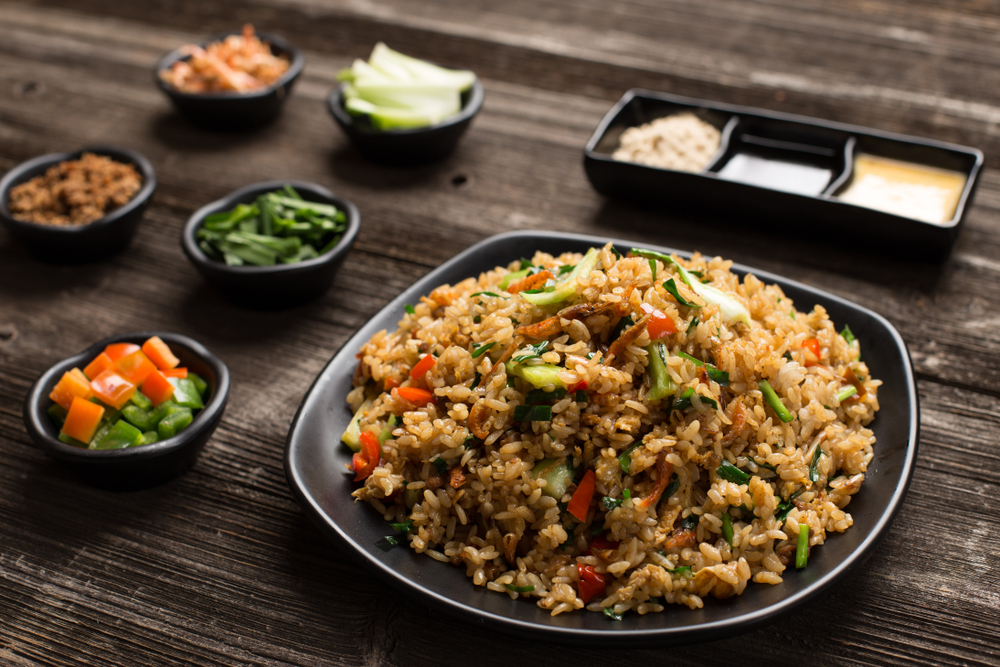A TikTok trend called #friedricesyndrome went viral recently. It is linked to the rising threat of a deadly food poisoning outbreak termed ‘Fried Rice Syndrome’.
This issue has gained recent notoriety after the tragic death of a young student in Belgium due to improper food storage.
How It All Began
A 20-year-old Belgian student, known as AJ, met a tragic end after reheating leftover spaghetti Bolognese, which had been kept at room temperature for several days. After consuming his meal, AJ complained of severe headaches and stomach pains, which escalated to vomiting and diarrhoea. His condition deteriorated rapidly, leading to his untimely demise.
The Deadly Bacteria Behind It
A post-mortem examination pointed to the presence of Bacillus cereus, a notorious bacterium responsible for food poisoning. This bacterium secretes harmful toxins when subjected to heat or if left out for extended durations. What’s alarming is that this bacteria has now been linked to severe, potentially fatal non-gastrointestinal infections, making it crucial for the public to be aware.
The term “Fried Rice Syndrome” is derived from the fact that fried rice dishes served at restaurants, especially if left out for long periods in conditions such as a buffet setting, have been associated with outbreaks of this kind of food poisoning.
Here’s how it works:
- Spore Survival: Bacillus cereus is naturally present in raw rice as dormant spores. These spores can survive the cooking process.
- Improper Storage: If you leave cooked rice at room temperature, these spores can germinate, grow, and produce toxins.
- Two Types of Illness: Bacillus cereus can cause two types of illnesses – one characterised by diarrhoea and the other by vomiting. Rice dishes most often associate with the emetic (vomiting) form.
The CDC’s Take on Bacillus Cereus
The US Centers for Disease Control and Prevention (CDC) lists Bacillus cereus as a routine food poisoning agent. However, there’s mounting evidence of its association with more severe conditions. It’s no longer just an upset stomach one might need to worry about.
The Danger of Leaving Cooked Food Out
Kyndall Weir MS, RD, a reputed sports dietician, highlights the risks of consuming food left out at room temperature. She points out that Bacillus cereus spores in uncooked rice can endure the cooking process. If this rice remains at room temperature post-cooking, these spores can flourish into hazardous bacteria.
Ms Weir shared a story of an athlete who ate the same pizza for several days without refrigeration. In fact, she did this to emphasise her point. She warns that such habits are dangerous, explaining, “When food that requires refrigeration goes above 40°F, or cooked food cools down below 140°F, they fall into the temperature danger zone. This can facilitate bacterial growth, leading to illness.”
How Social Media is Reacting
For many social media users unaware of this risk, this news is particularly unsettling. Therefore, community leaders, chefs, and medical experts are urging people to practice proper food storage techniques, ensuring the safety and well-being of the masses.
Stay Safe: Quick Tips
- Refrigerate leftovers promptly: Don’t leave them at room temperature for extended periods.
- Ensure reheated food reaches a safe temperature: Use a food thermometer if necessary.
- Stay informed: Knowledge can be a powerful tool in preventing such tragic incidents in the future.
In conclusion, ‘Fried Rice Syndrome’ is a stark reminder of the importance of safe food practices. As this news spreads, the hope is that increased awareness will lead to safer food handling and prevent further tragedies.
It’s important to note that this syndrome dose not just apply to fried rice. Any improperly stored or reheated starchy food, including other rice dishes and pasta, can be a potential source of Bacillus cereus food poisoning.














